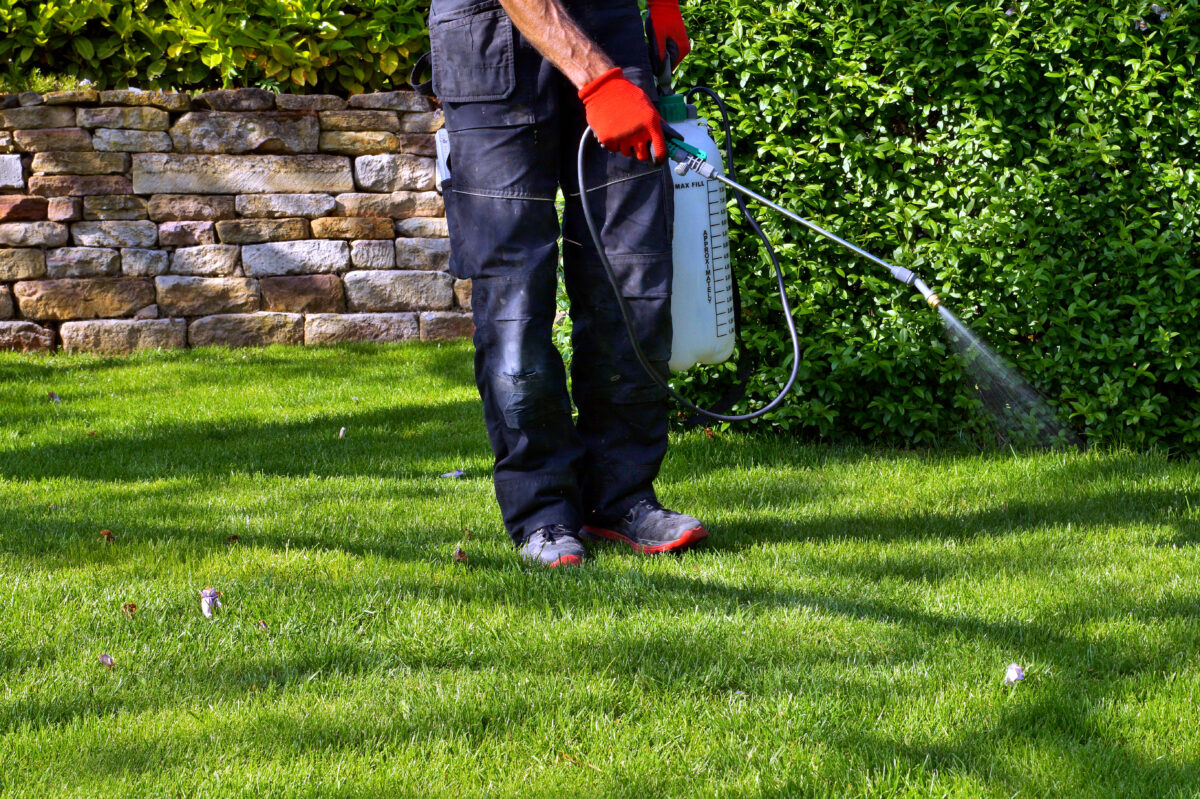Weeds can be unsightly when they spread throughout your yard. Aside from the unattractive appearance weeds can give your yard, they can compete with your plants for vital nutrients and water from the soil. Sadly, they’re likely to spread if you overlook the removal task.
If you tend to pull them out or cut the upper sections of the weeds, you’ll be surprised to find them growing again. Some varieties of weeds scatter seeds that germinate in only a few days, while those with deep or extensive root systems can easily resprout from the stems. If you lack time to tackle the weeding task in your yard, you might want to check out reliable pest control services specializing in weed management to handle the undertaking.
If you want to keep your garden or yard free of weeds without harming your existing plants, there are several techniques to keep in mind to save you the hassle.
-
Use The Least Toxic Pest Control Methods Possible
If you want to deal with pests and weeds in your yard, it’s better to consider organic options. Although you can control the pests that come with weeds in your yard with traps, barriers, or manual removal of infested plants, there are times when pesticides may be an option.
These methods will have no negative effects on the environment. Determine which of the least toxic methods is most effective against the pests in your yard. Only use pesticides as a last resort, and make sure to follow the packaging instructions carefully.
Some of these pesticides have relatively low toxicities and break down rapidly upon exposure to sunlight or soil microorganisms. Depending on the pests you’re dealing with, you can utilize soaps, oils, minerals, botanical products, and biocontrols. Most of these pest control options are effective against various pests. But you may want to try horticultural soap-based herbicides or moss-control products to prevent the growth of undesirable weeds on your property.
-
Remove Weeds As Soon As Possible

A man spraying weed killer herbicide to control unwanted plants and grass on a backyard. House building exterior
If you don’t want the hassle of weeding a vast area in your garden, it’s best to start removing weeds right away once you find growth.
Young weeds still have small roots which you can easily pull out, giving you a good chance of getting the entire plant out of the ground. It’s best to do the task after rain to make it easier to pull out any weeds.
When pulling out weeds, it would be best to hold the weed individually at its base and steadily pull to loosen the roots from the soil. Avoid grabbing a bunch of weeds and yanking them out sharply. Doing so often causes the weeds to break apart, leaving the other half with roots in the ground.
-
Utilize A Weed Barrier
A weed barrier, typically a landscape fabric that blocks sunlight, is one method of preventing weed growth.
If you don’t have a ready-made barrier, you can improvise by using black plastic or brown cardboard sheets to cover areas where weeds are likely to grow. Don’t forget to cover the sheets with compost or straw as an extra layer so weeds will not receive sunlight.
-
Spread Mulch Over Weed-Prone Areas
Mulch, which comprises wood chips, shredded leaves, straw, or other organic debris, can serve as a cover for the ground surrounding your plants to keep weeds at bay.
Like how a weed barrier works, the mulch blocks sunlight so weeds cannot germinate. Mulch also adds nutrients to the soil by decomposing and regulating soil temperature.
Maintain a layer of mulch at least one inch thick between your plants. Make sure to maintain a distance of a few inches away from the base of your plants to discourage possible insects or rodent invasions and prevent rot.
-
Aerate The Soil
If your yard or garden has areas with compacted soil, these areas might allow certain weeds to grow, especially those with deep or extensive roots.
In such conditions, your existing plants are deprived of air, nutrients, and water, allowing weeds to take over the area.
You can manually aerate the soil in your garden by turning over the topsoil with a spading fork, tiller, or shovel. If the manual task is too much for you or if you have a vast yard, consider renting a plug or spike aerator from a local home improvement store.
-
Utilize A Hoe To Eliminate Weeds
Another manual way to eliminate weeds is by using a hoe, ideally with a long handle. The hoeing task is best done early in the day since the soil is dry. You can cut the weeds cleanly from the ground, which prevents the germination of new weeds. Leave the clippings to dry in the sun before disposing of them in a compost heap.
You can easily glide the hoe through the weeds. If you have the time, do the weekly task to keep weeds at bay. Consider it a maintenance task that’ll quickly rid your yard of weeds.
-
Keep The Garden Edges Neat
Weeds are more likely to bunch up or build up around the edges of your garden or yard. In such circumstances, it would be best to routinely trim the grass and garden edges to prevent weeds from taking over the fertile soil.
Aside from the edges, you should also inspect the fence lines and planting beds if you have any in your yard.
A simple alternative to prevent the growth of unsightly weeds is a combination of mulch and planting perennials or ground roses since they provide shade on the edges that inhibit weed growth or keep them manageable.
Final Thoughts
A well-manicured yard or garden with all your favorite plants can add beauty to your home. Keeping the outdoors in good shape will require time and effort, especially when keeping unsightly weeds at bay. By considering these valuable pointers in eliminating and controlling weeds, you can keep your yard or garden appealing and free of weeds throughout the year.
Natural pest solutions – foremost experts in pest control





